Discrete Math Unit 1
1/13
There's no tags or description
Looks like no tags are added yet.
Name | Mastery | Learn | Test | Matching | Spaced |
|---|
No study sessions yet.
14 Terms
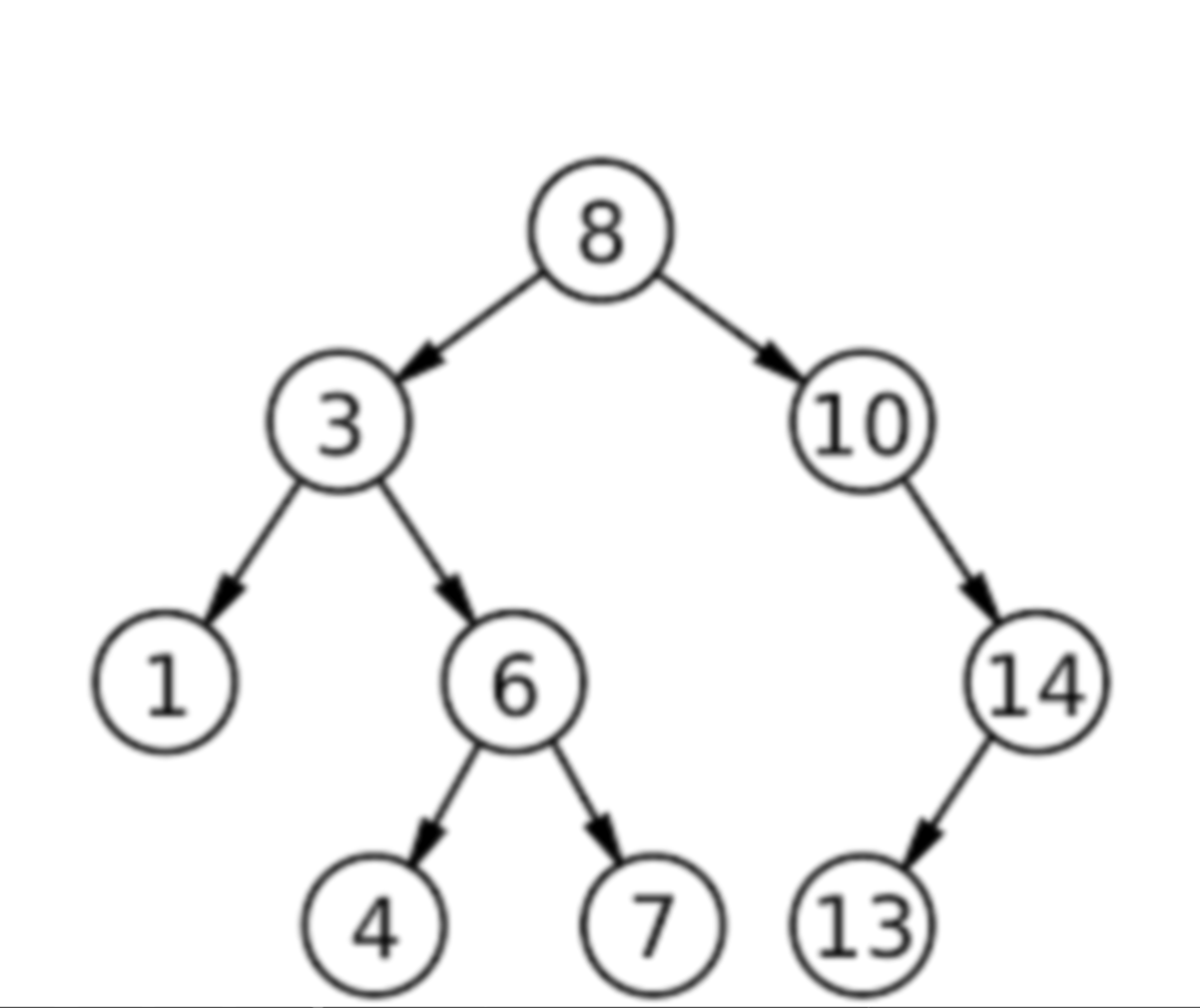
Looking at the example tree, how can you tell what kind of tree it is?
It’s a binary tree because every node has at most two children. (If any node had 3+ children, it would be a general k-ary tree.)
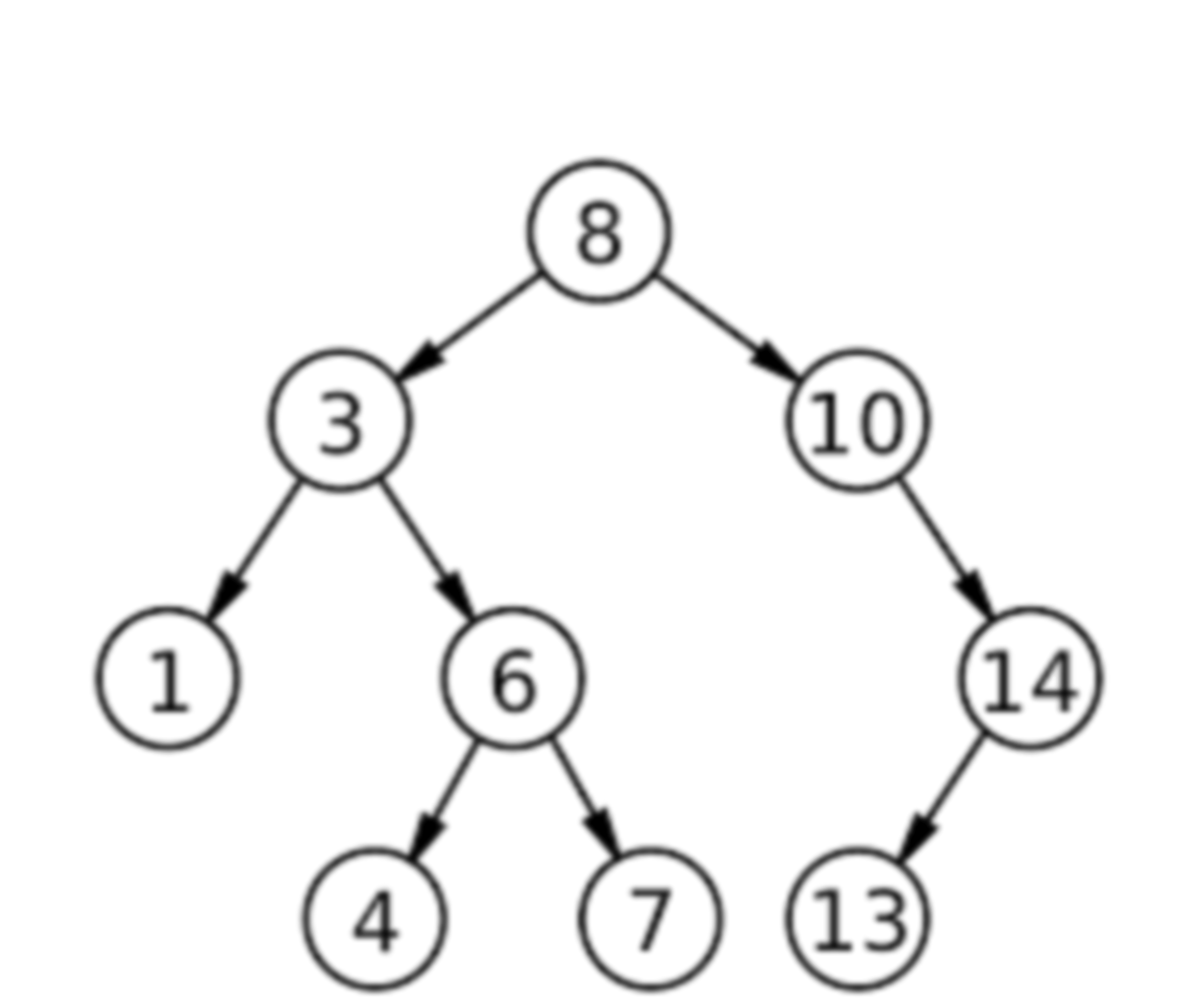
By inspecting the example tree, how many total vertices (nodes) does it contain?
9 vertices—just count each circle: 8, 3, 10, 1, 6, 14, 4, 7, 13.
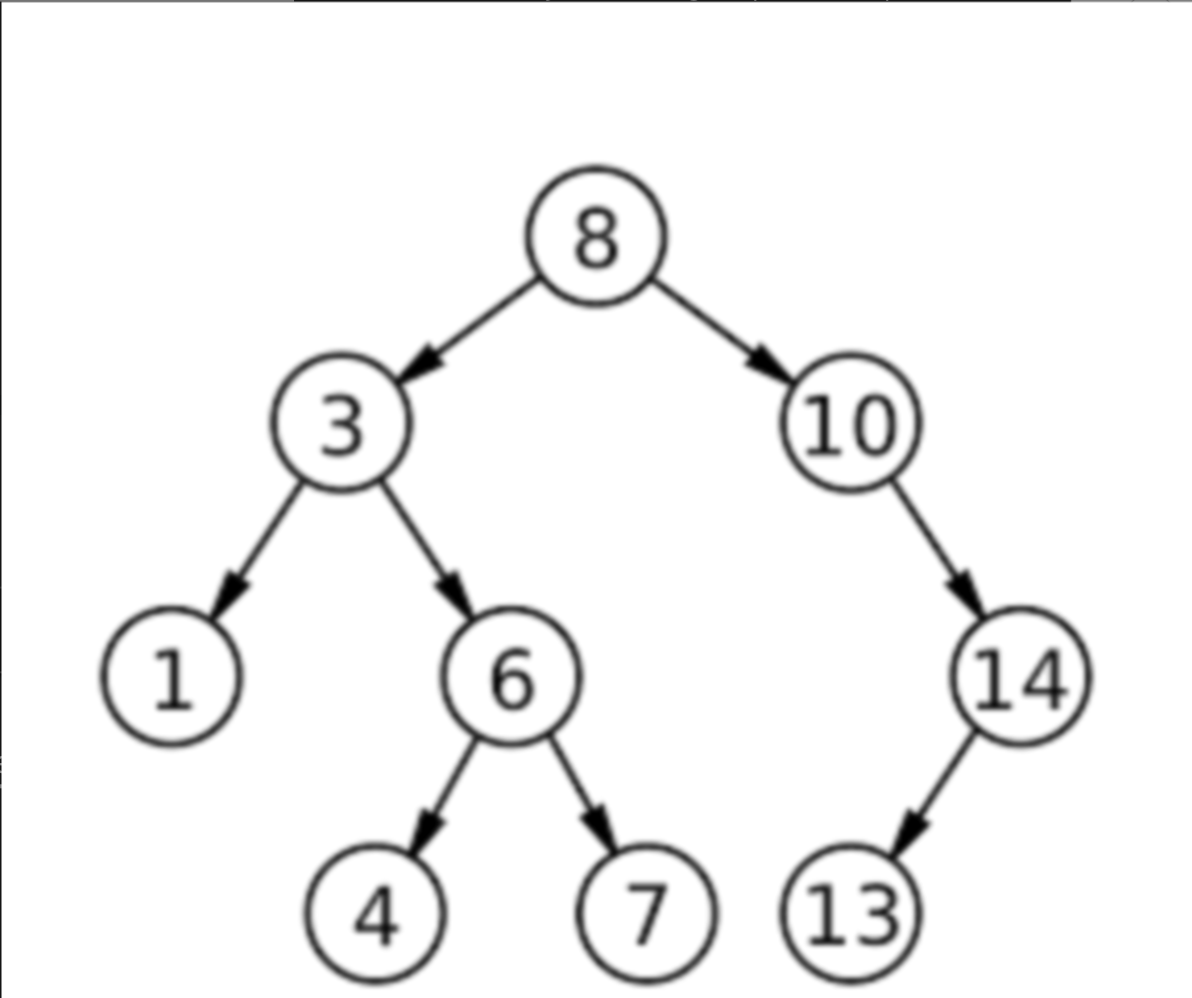
Given that there are 9 vertices, how many edges must the example tree have?
8 edges—every tree with n vertices has exactly n – 1 edges (9 – 1 = 8).
An edge is the connection (the line) between a tree and a node.
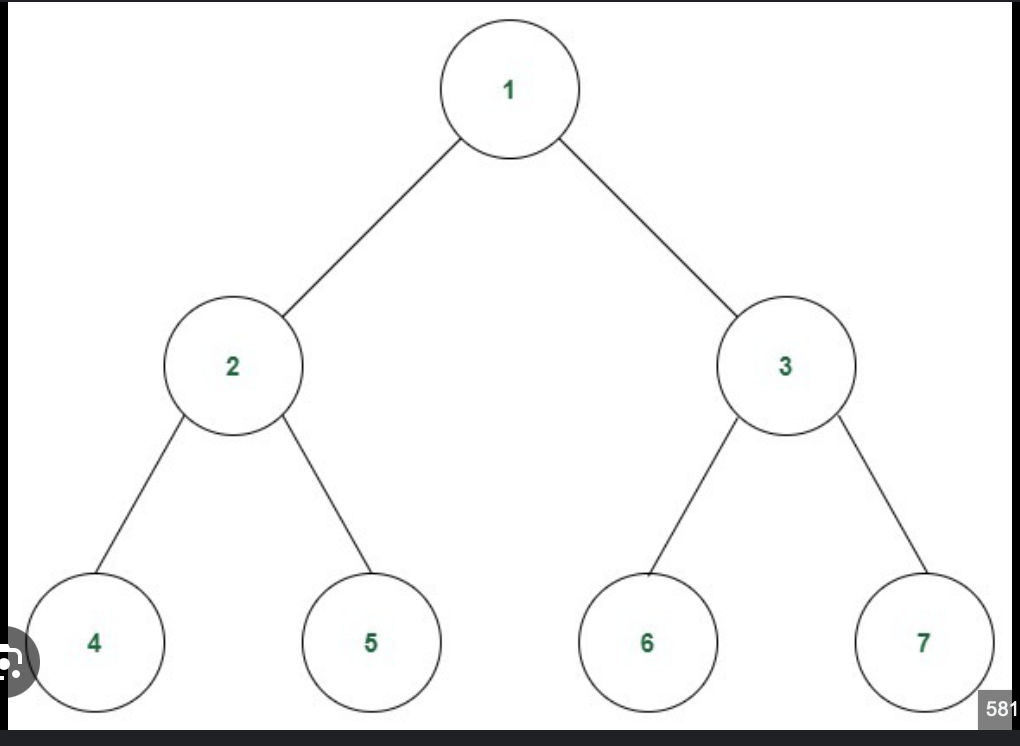
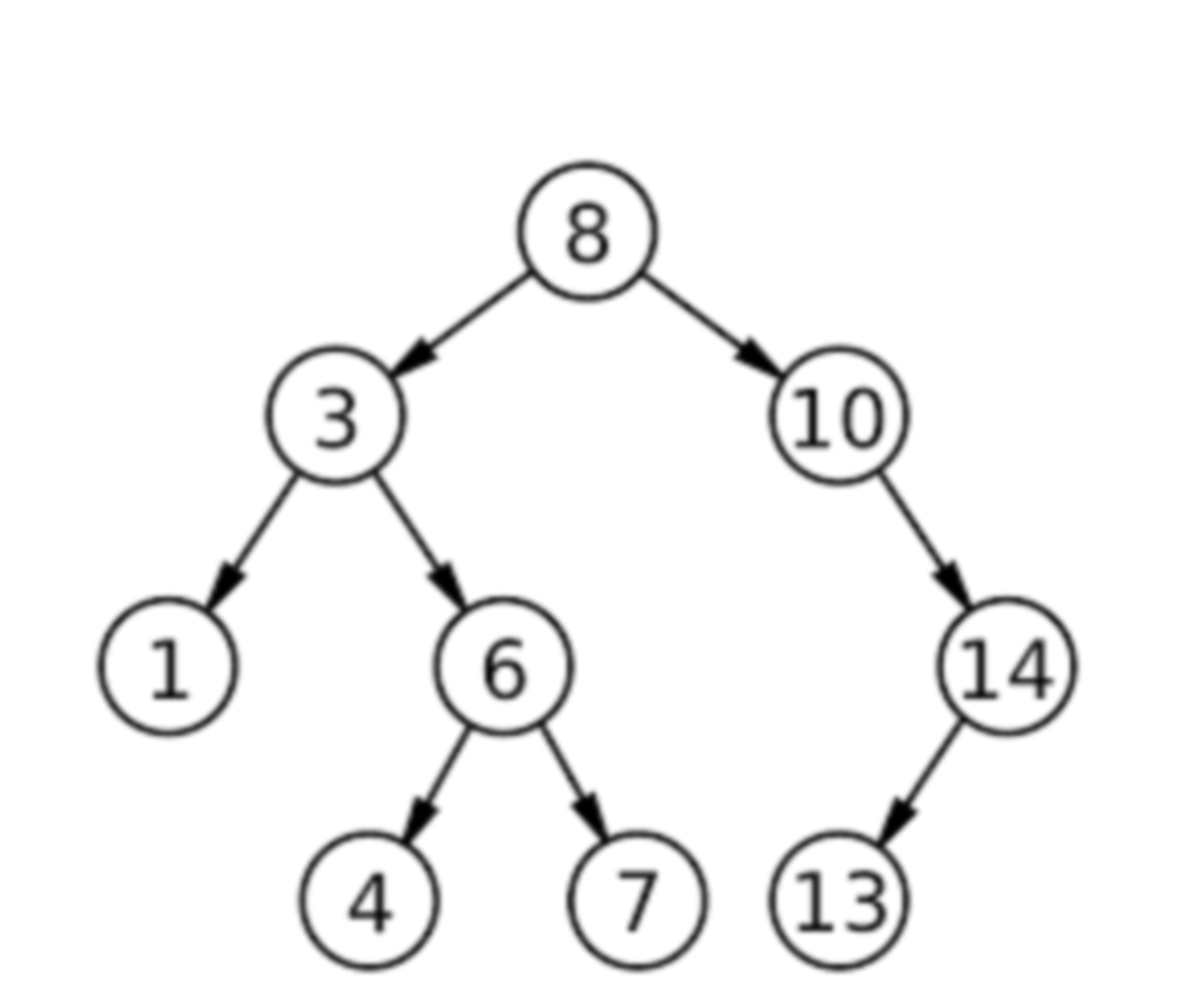
Which nodes in the example tree are its leaves?
1, 4, 7, 13—leaves are nodes with degree 0 (no children)
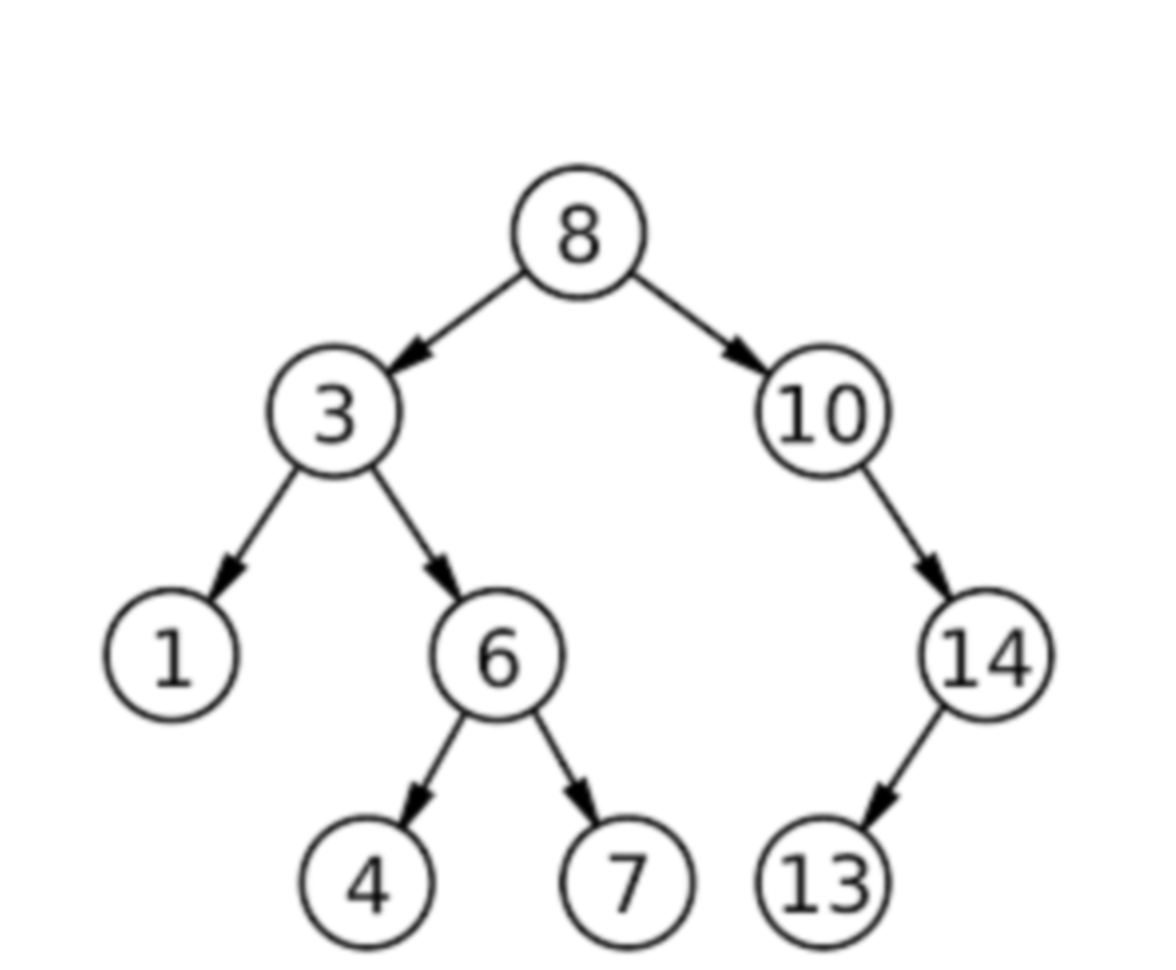
What is the height of the example tree?
3—height is the max number of edges on any root-to-leaf path (e.g., 8→10→14→13 has 3 edges).
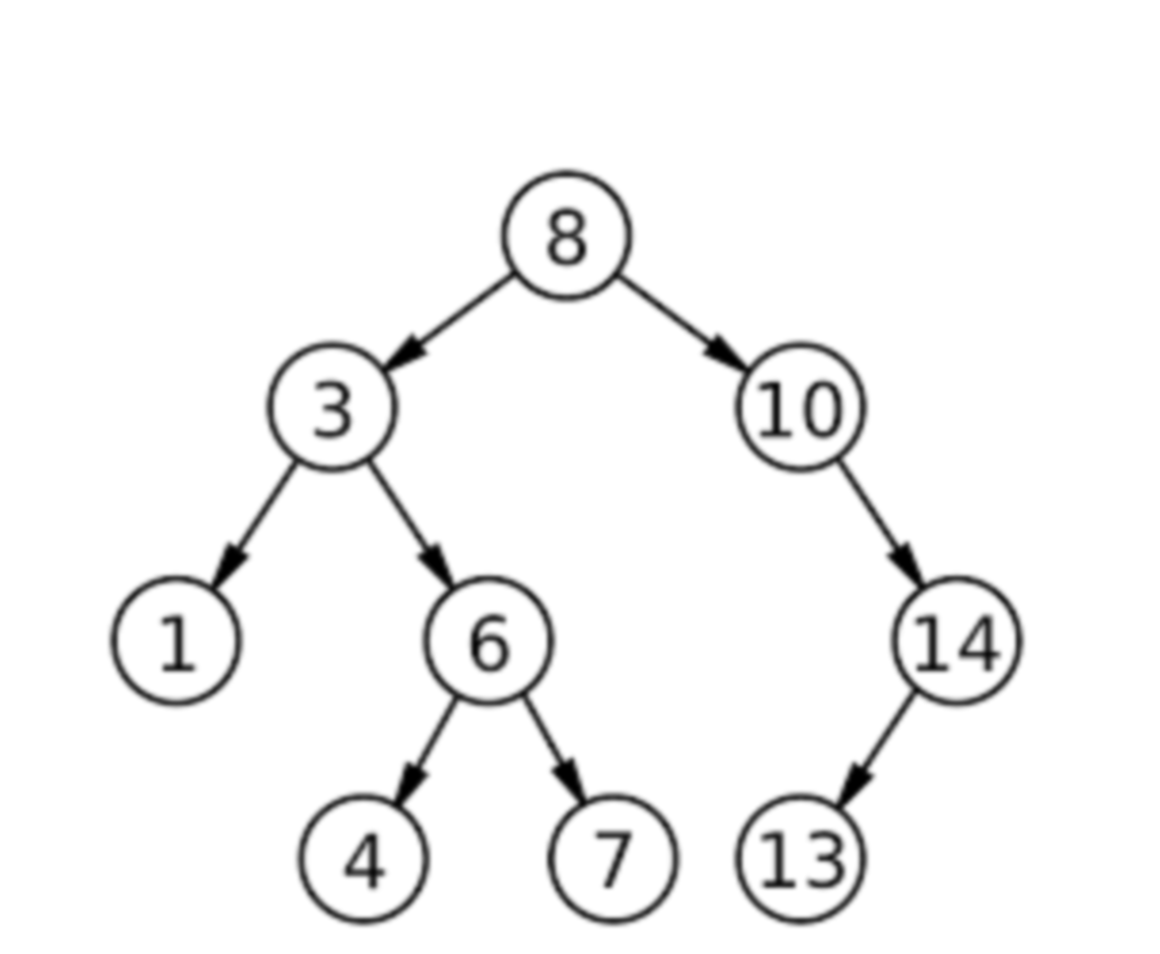
Is the example tree height-balanced? Explain how you know.
Yes. For every node, the heights of its left and right subtrees differ by at most 1. (Check each node’s subtree heights.)
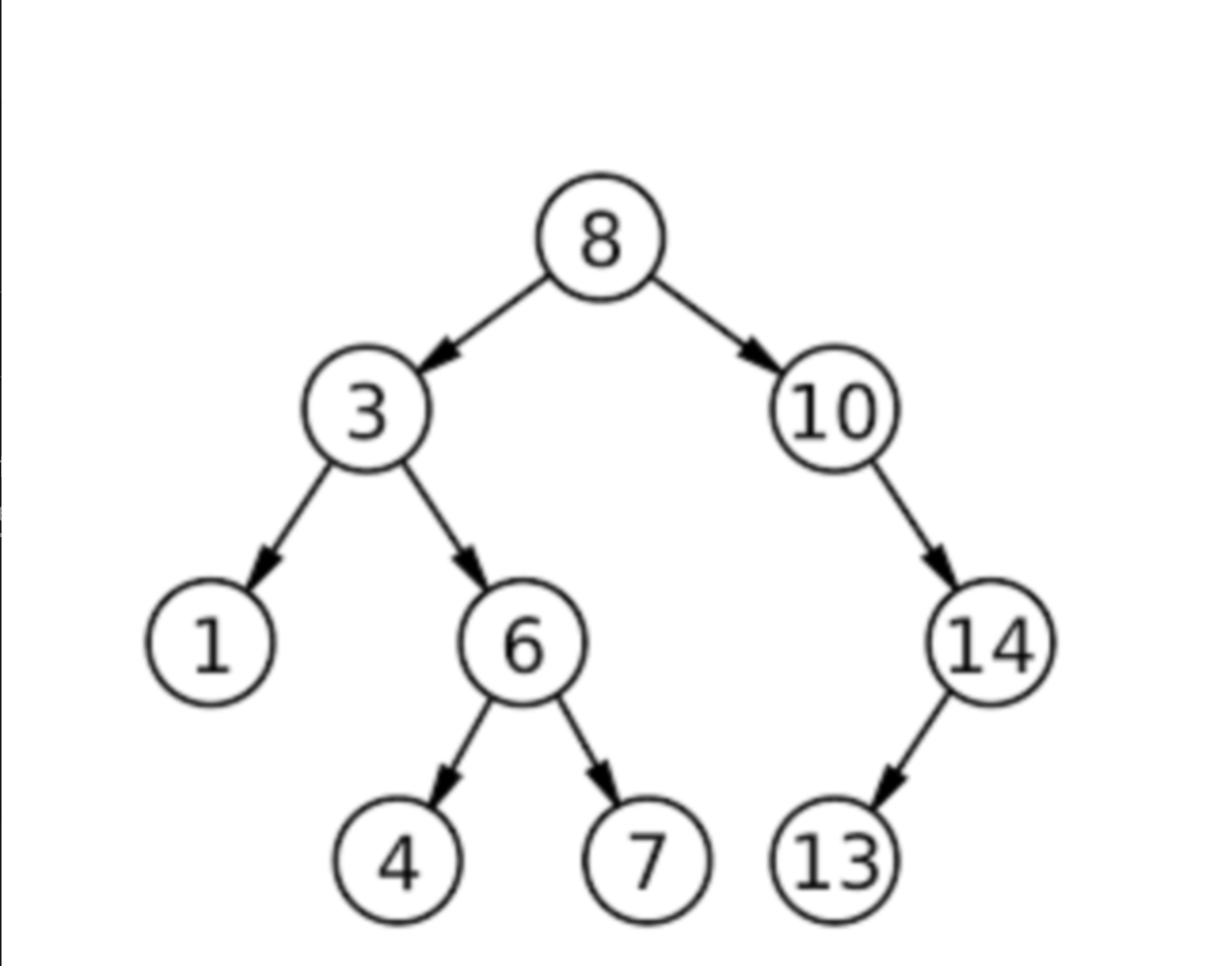
Is the example tree a complete binary tree? Why or why not?
No. A complete tree fills each level left-to-right; here node 10 has a right child (14) but no left child, leaving a gap
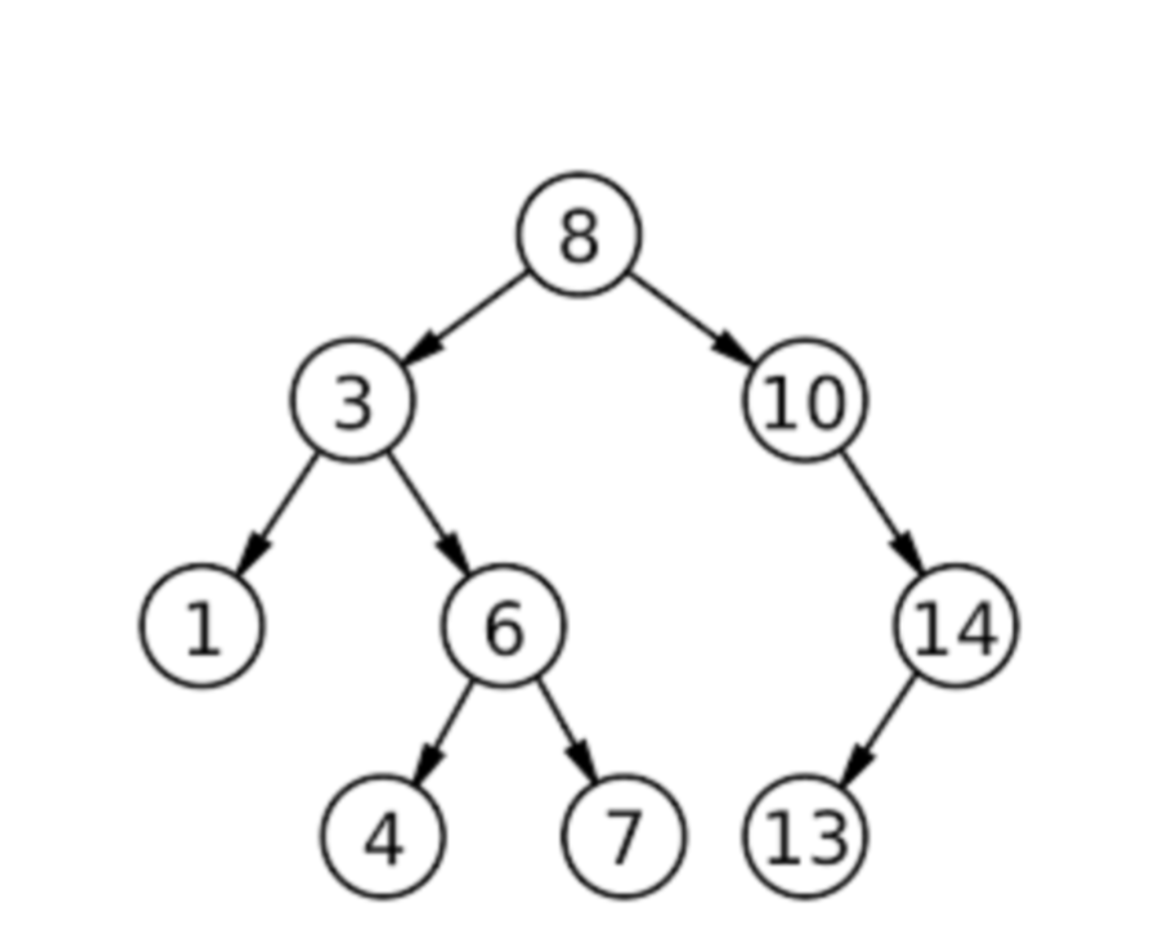
What sequence do you get from a preorder traversal of the example tree?
8, 3, 1, 6, 4, 7, 10, 14, 13
(Visit Root → Left subtree → Right subtree.)
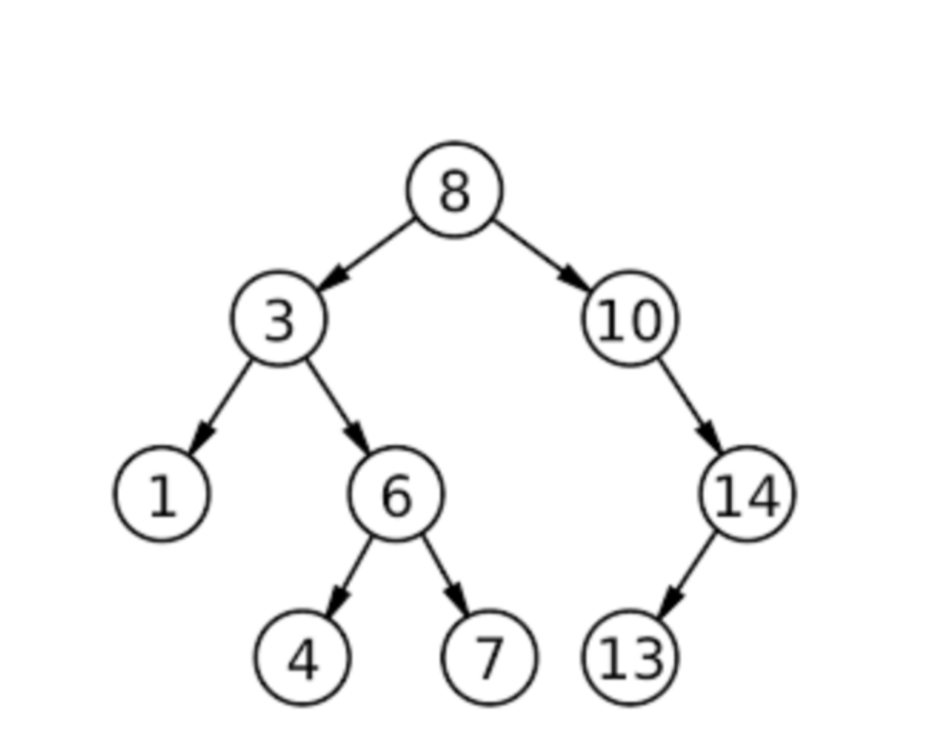
What is the postorder traversal of the example tree?
Back: 1, 4, 7, 6, 3, 13, 14, 10, 8
(Visit Left → Right → Root.)
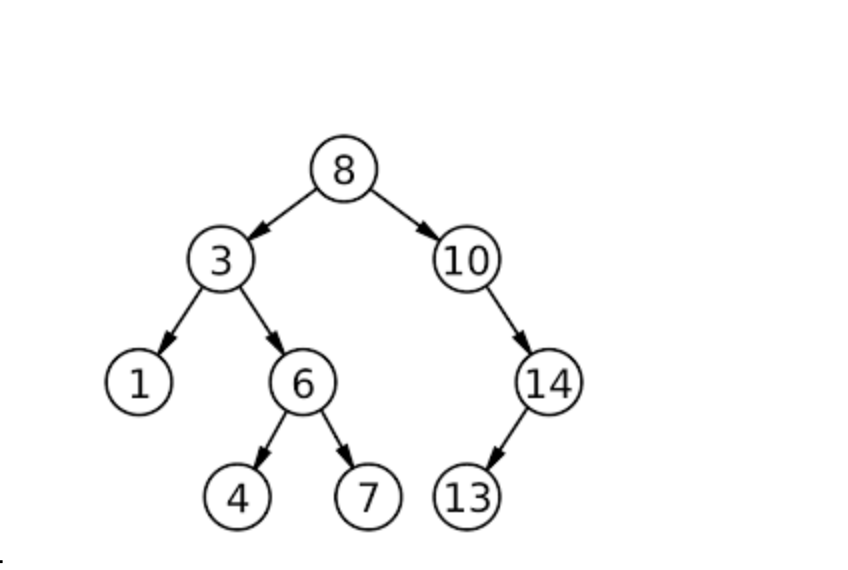
What list results from an inorder traversal of the example tree?
1, 3, 4, 6, 7, 8, 10, 13, 14
(Visit Left subtree → Root → Right subtree.)
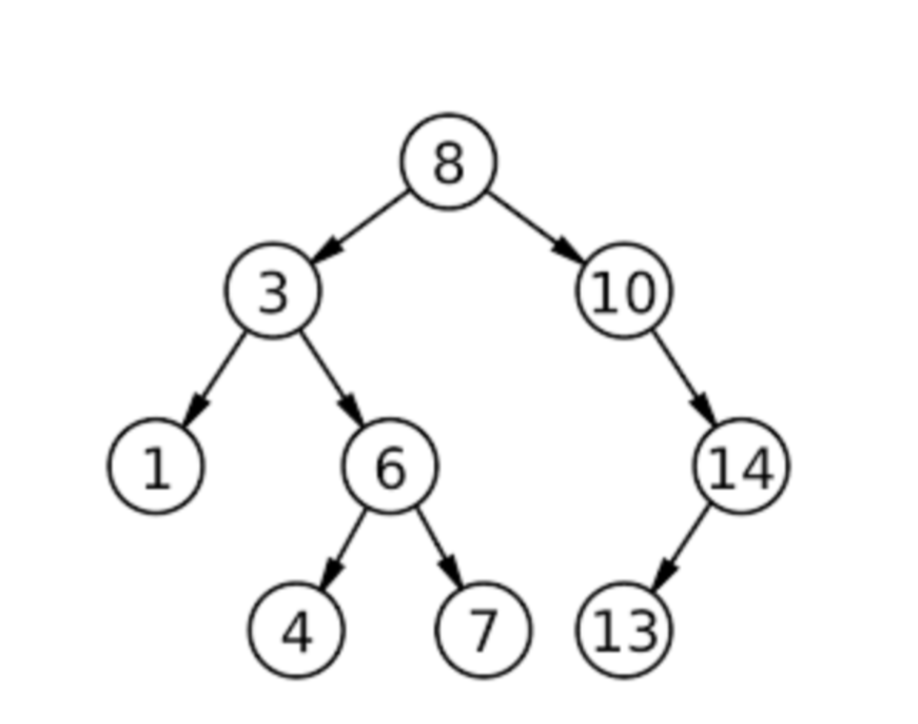
Which nodes in the example tree are internal nodes, and how do you identify them?
Internal nodes are those with degree ≥ 1 (at least one child).
Scan each node’s children pointers.
Here they are: 8, 3, 6, 10, 14.
But if a node has zero children, it’s a leaf, not internal
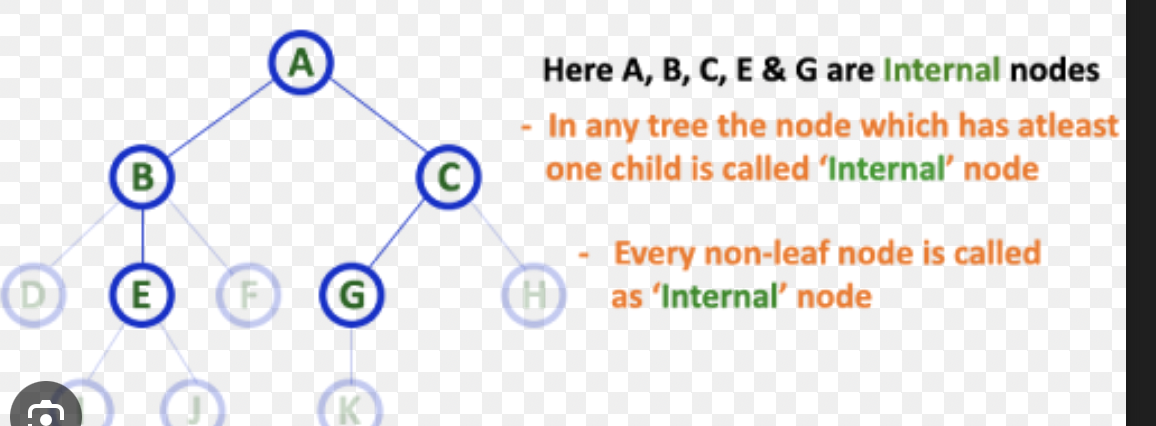
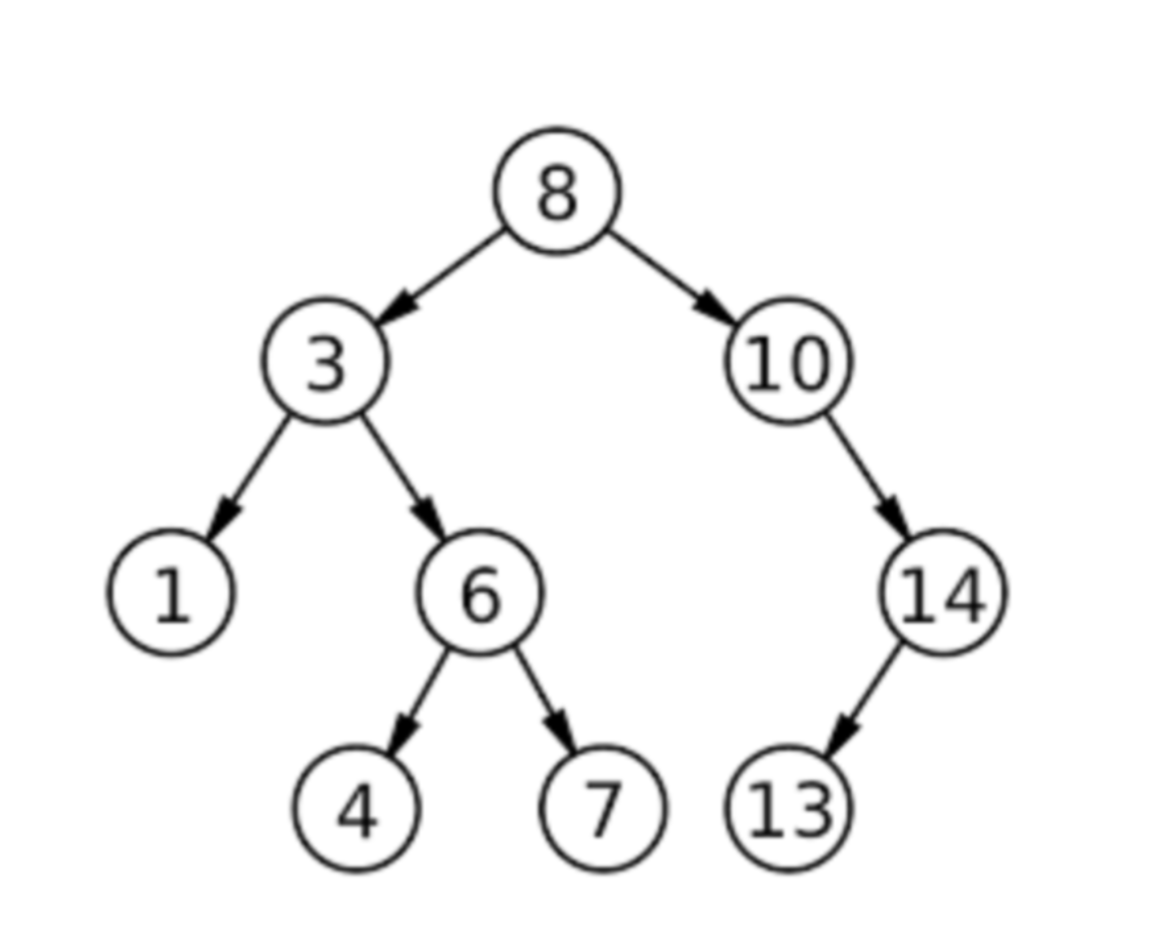
What is the depth of node 7 in the example tree, and how do you compute depth?
Depth(node) = number of edges from the root to that node.
Trace path root→…→7:
8 → 3 → 6 → 7
has 3 edges
So depth(7) = 3.
But if you counted nodes instead of edges, you’d get 4, which is the level (levels = depth+1).
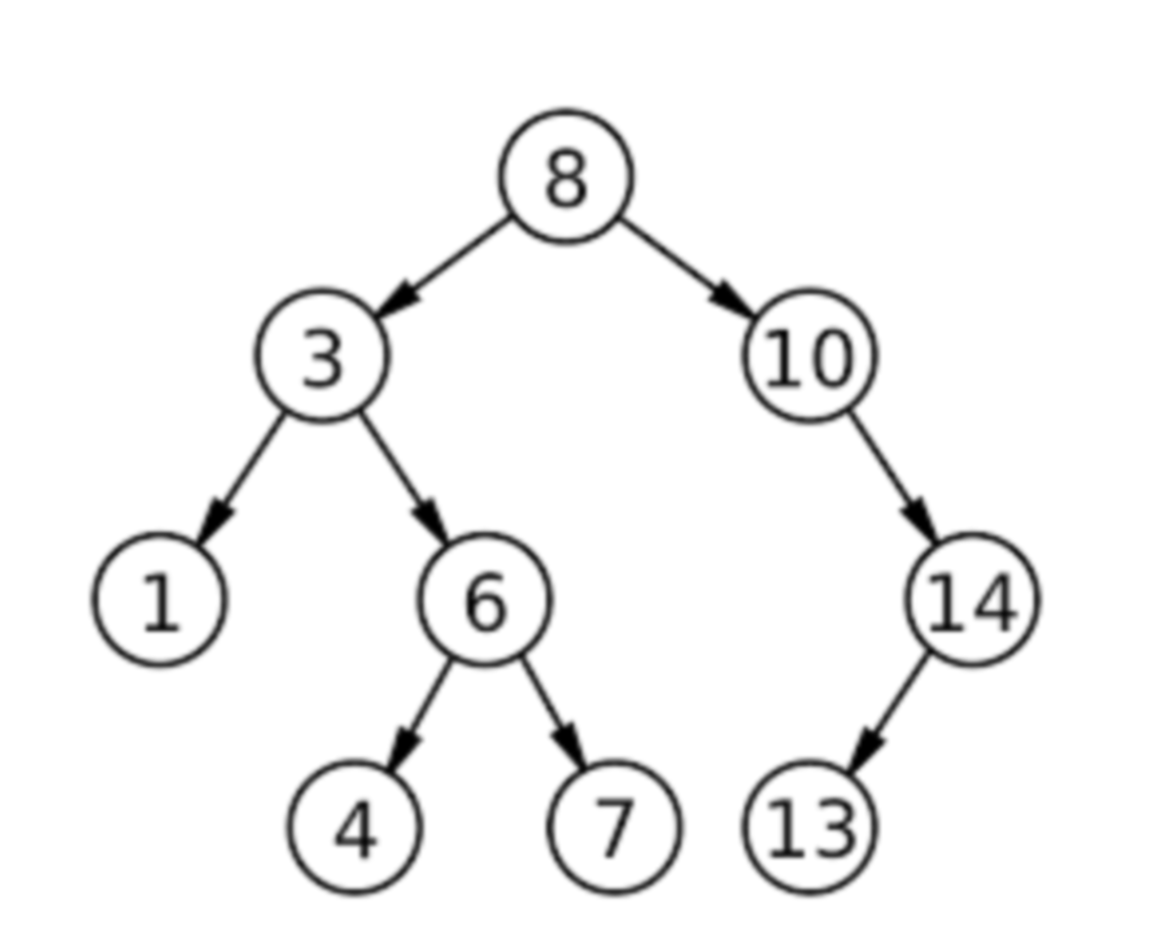
How many levels does the example tree have, and how is that related to height?
Number of levels = height + 1 (root sits on level 1).
We know height = 3 → levels = 4.
Levels:
Level 1: {8}
Level 2: {3, 10}
Level 3: {1, 6, 14}
Level 4: {4, 7, 13}
But if you defined the root as level 0, then levels = height + 0 = 3 + 0 = 3 instead.
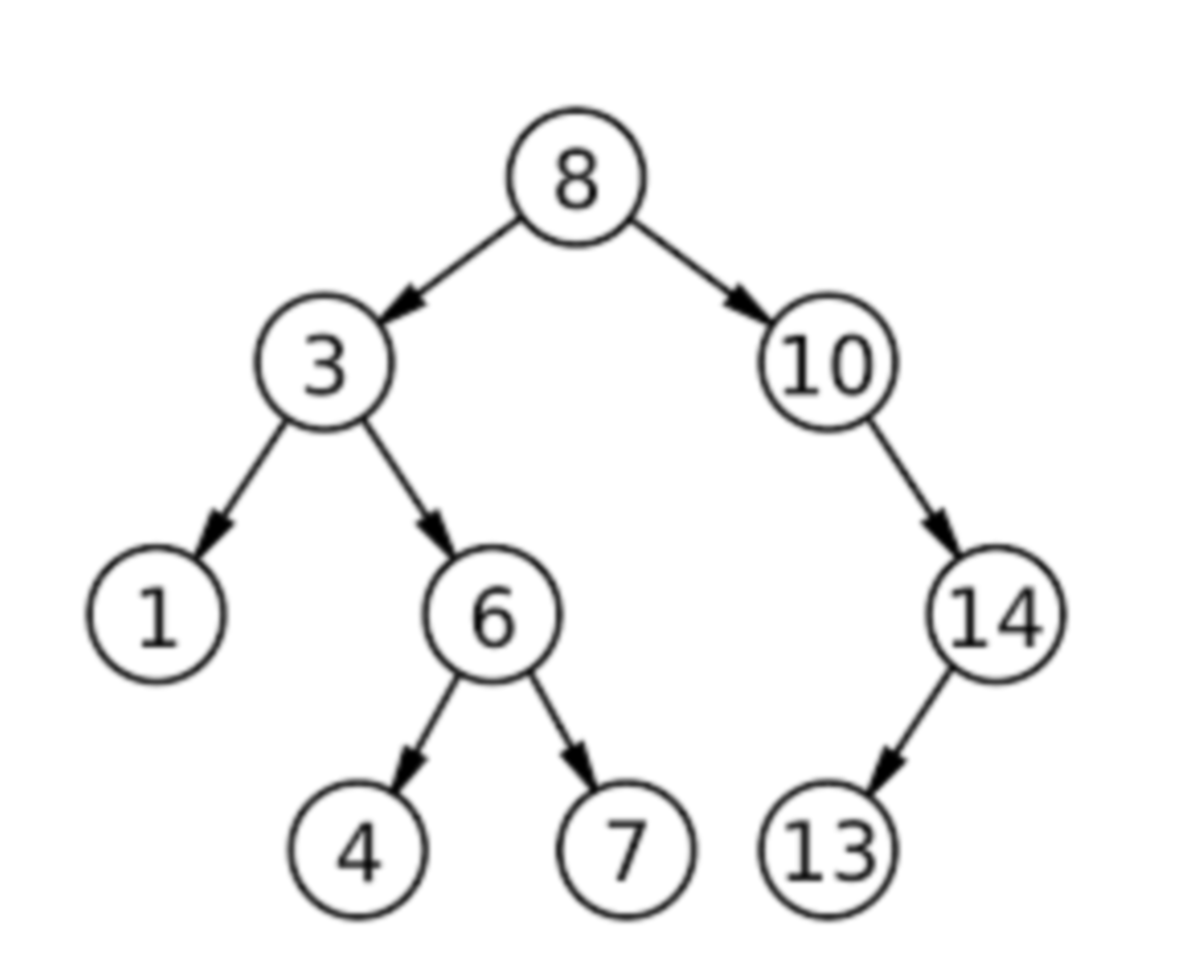
What is the degree of the root (node 8) in the example tree, and why does that matter?
]
Degree = number of children.
Root 8 has two children (3 and 10) → degree(8) = 2.
This tells you immediately it’s not a leaf and that the overall tree has arity ≥ 2.
But if degree(8) were 1, it’d have only one subtree and the shape would skew left or right.